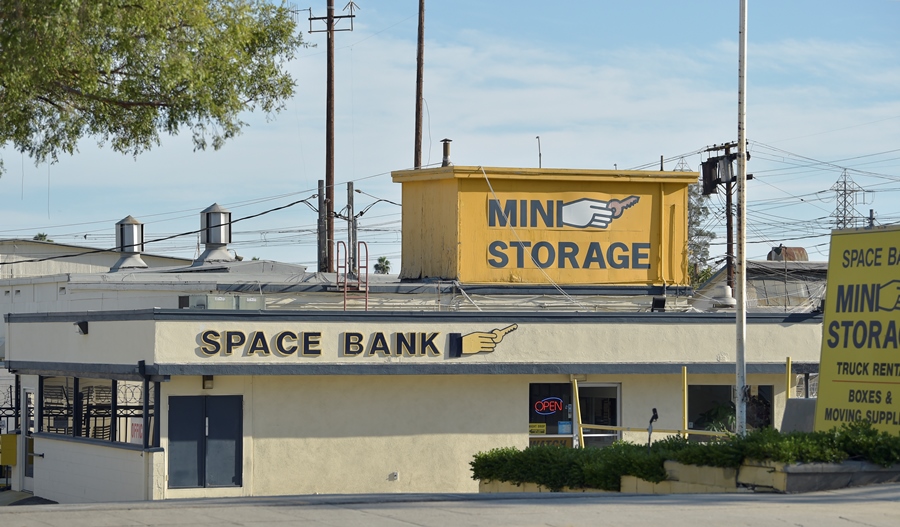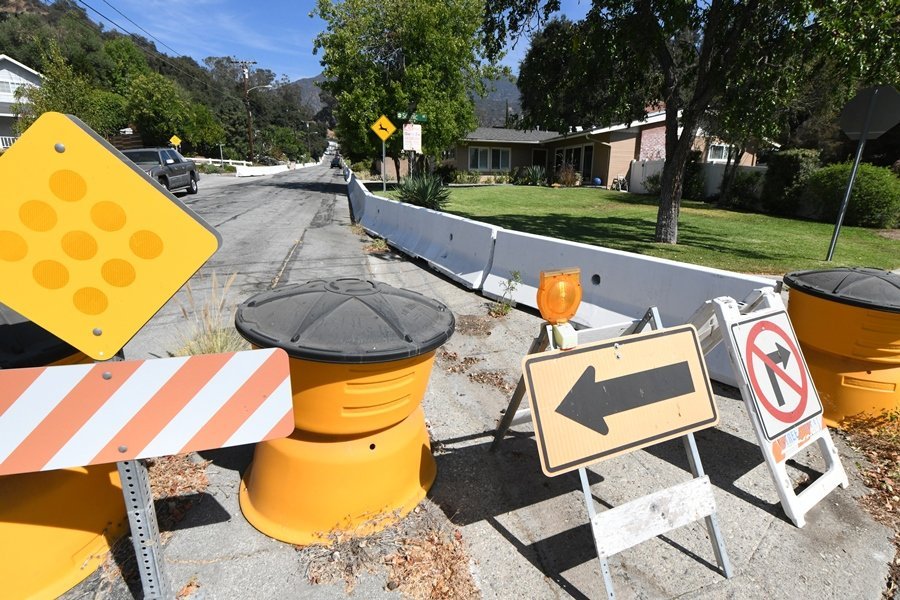
By John Orona
The Pasadena City Council directed city staff and its environmental consulting firm to draft a “strongly worded” letter to the Department of Toxic Substances Control (DTSC) after hearing more public comments questioning the adequacy of the proposed clean up of a former Navy testing and development site.
The site, now a Space Bank storage facility on 3200 E. Foothill Blvd., is proposed to include 550 apartments units and nearly 10,000 square feet of commercial space, once the Draft Removal Action Workplan (DRAW) is approved, which will outline the cleanup procedure. But some residents fear the cleanup plan will not go far enough to make it safe for residential use, given the site’s history of housing hazardous chemicals above regulatory limits.
The public outcry prompted Pasadena to propose a 90-day extension to the public comment period, but the DTSC rejected that in favor of an extension until May 14. Now the city and its environmental consulting firm, Alta Environmental, will come back to the council with their response to the DTSC at its May 13 meeting.
“I think it’s absolutely unacceptable for DTSC to be so dismissive of the public’s request for more time,” Councilmember Victor Gordo said. Gordo and several community members brought up recent questions raised by environmental watch dogs, including a report by the Senate Office of Oversight and Outcomes, about the DTSC’s effectiveness.
According to a staff report, recent environmental analyses conducted on the site show a presence of hazardous materials in the soil, soil vapor and potentially in the groundwater. Chemicals that were tested and found above regulatory limits, according to the report, are: volatile organic compounds (PCE and TCE), total petroleum hydrocarbons, and metals (lead, cadmium, nickel and chromium).
The DRAW calls for excavation of all contaminated soil, groundwater monitoring, and vapor barriers and venting, if needed, but some community members felt that the site should go through a full environmental testing process for hazardous chemicals, not the “streamlined” process afforded to Transit Priority Projects like this one.
“We’re not sending the right message to developers of affordable housing in our community,” Councilmember Steve Madison said, “if we’re cavalier about this.”
Community members also questioned whether the developer’s arrangement with the DTSC to take a site the DTSC had previously determined as an “Imminent and Substantial Endangerment” could incentivize the state agency to loosen oversight on developers willing to take a remediation-needing site off of their hands and out of their backlog.
“It is in their interest to get the sites cleaned up and if they don’t have the resources to do it themselves,” Mayor Terry Tornek said, “then to try to cut deals with developers to take one more off their plate.”
However, Tornek said he ultimately believes in the ability of the state oversight agency to enforce environmental standards.
Alta Environmental will also participate in monitoring the clean up once it begins and will provide updates available at the city’s website.






